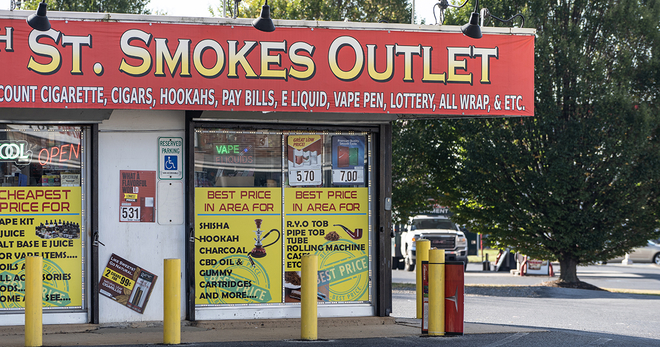What do tobacco advertising restrictions look like today?
Tobacco companies used to advertise on television and radio, feature doctors to endorse products and use cartoon mascots, to name a few marketing strategies we no longer see today. Following the release of the Surgeon General’s report on smoking and health in 1964, pressure slowly grew to limit how and where Big Tobacco could advertise.
While tobacco TV ads and physician-recommended cigarettes are a thing of the past, marketing restrictions may not be as far-reaching as you think. Here’s a brief look at some events that shaped the tobacco marketing environment we see today:
1967
- The Federal Communications Commission (FCC) determines that the Fairness Doctrine, a now defunct policy that required broadcasters to present contrasting views on matters of public interest, applies to cigarette ads. For several years, anti-tobacco ads and public service announcements ran alongside ads from Big Tobacco, albeit much less frequently.
1971
- A ban on cigarette advertisements on TV and radio (specifically those stations broadcasting on FCC-regulated airwaves) went into effect in 1971. Since tobacco ads were no longer on the airwaves, there was no longer an obligation to air anti-tobacco advertising and those ads went off the air, too. Advertisements for smokeless tobacco products on TV and radio, however, were not banned until 1986. Ads continued to run in magazines and newspapers as well as on billboards and on transit.
1998
- The Master Settlement Agreement, which was the result of civil litigation brought by 46 U.S. states, D.C. and five territories against the major U.S. tobacco companies, imposed more restrictions on those companies. (The other four states settled separately.) New rules included bans on transit and billboard advertisements, paid brand product placement, cartoons, tobacco brand sponsorships of sporting events and concerts, as well as advertising and marketing practices that targeted individuals under 18.
2006
- The U.S. v. Philip Morris et al federal court decision concluded that the major U.S. cigarette companies had violated the federal racketeering laws, in part by fraudulently claiming that “low tar” and “light” cigarettes were less harmful when, in fact, the tobacco companies knew they were not. The courts prohibited the use of these and similar descriptors in cigarette packaging and advertising.
2009
- The Family Smoking Prevention and Tobacco Control Act, which granted the Food and Drug Administration (FDA) the authority to regulate tobacco products, included the authority to regulate some of the industry’s marketing practices. The act banned the use of vending machines and product sampling (except in adult-only facilities), and it restricted the sale of tobacco in retail establishments to face-to-face transactions between retailers and consumers. It also expanded the existing limits on tobacco brand sponsorships and tobacco branding of non-tobacco items.
Most of the action has been on the federal level. Certain localities and states ban the sale of flavored tobacco products (the Tobacco Control Act banned flavored cigarettes except for menthol cigarettes) and have prohibited coupons and discounts. Recent trends at the state and local level have focused on restricting the sale of tobacco products (an area where states and localities have more direct control) instead of advertising practices to avoid running into First Amendment challenges.
There are still numerous advertising avenues for tobacco companies that have fewer limitations, including marketing in point-of-sale locations like convenience stores, gas stations, grocery stores and pharmacies. The top tobacco companies spent 96 percent of their $8.49 billion cigarette marketing budget on point-of-sale marketing—not just advertisements, but things like discounts and product displays behind check-out counters.
Another big marketing venue for Big Tobacco is product packaging—the industry still has wide leeway in promoting their brands directly on cigarettes and other tobacco product packaging. Graphic warning labels in many countries reduce the branding on the pack itself (while also providing invaluable information about the deadly effects of tobacco) but the U.S. has lagged behind in implementing such warnings. The specific graphic warning labels introduced by the FDA under the Tobacco Control Act were found to be unconstitutional, but the underlying requirement was not. A pending lawsuit from Truth Initiative® and seven other public health groups is seeking to compel the FDA to issue a second set of graphic warnings for packs and advertising.
More in tobacco industry marketing
Want support quitting? Join EX Program
By clicking JOIN, you agree to the Terms, Text Message Terms and Privacy Policy.
Msg&Data rates may apply; msgs are automated.



